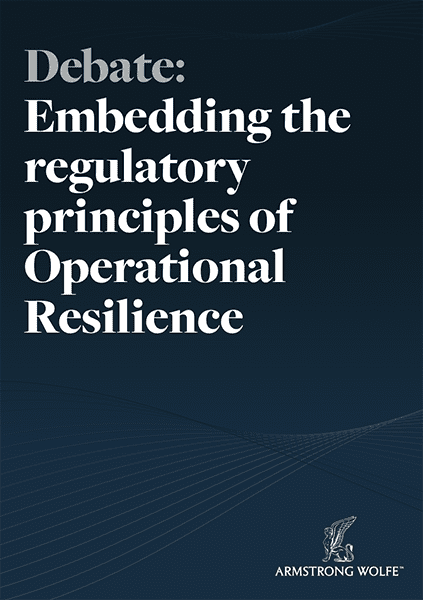A recent survey of directors, CEOs, and senior executives found that digital transformation (DT) risk is still their No.1 concern going into 2022. Yet 70% of all DT initiatives do not reach their goals.
Of the $1.3 trillion that was spent on DT last year, it was estimated that $900 billion went to waste.
Why do some DT efforts succeed, and others fail? Fundamentally, it’s because most digital technologies provide possibilities for efficiency gains and customer intimacy.
But if people lack the right mindset to change and the current organizational practices are flawed, DT will simply magnify those flaws. There are five key areas have helped us lead our organizations through digital transformations that succeeded:
- Figure out your business strategy before you invest in anything
- Leverage insiders
- Design customer experience from the outside in
- Recognize employees’ fear of being replaced
- Bring a Silicon Valley start-up culture inside
Armstrong Wolfe Advisory’s Digital Transformation Strategy
AWA’s Digital Strategy is an approach to transformation toward innovation. This approach will drive the goals of the transformation program.
Digital transformations have two principal objectives:
The first is to help organizations identify new opportunities that give them the ability to create breakthrough customer value and increase their client’s relevance and growth. The second is to give it the ability to act on those quickly and effectively.
These goals are embedded into the capabilities, culture, and the systems within the client. People are the key to digital leadership. The underlying work of the transformation program is building leaders and inspiring a culture that will take the client forward into the digital future.
Embedding the insight, knowledge, work style and management methodologies will work into the DNA of the client. That means that the work they do is critical, not only to the transformation program, but ultimately to shaping and inspiring the client’s future.
Be warned, 70% of transformation efforts fail. If the client is going to survive, and not be digitally disrupted, we have to beat those odds.











